Obsessive Compulsive Disorder (OCD)
Did you know that the International OCD Foundation estimates that it takes an average of 14-17 years for individuals with OCD to receive effective treatment? It’s not uncommon for people with OCD to see many therapists before finally stumbling upon an accurate diagnosis. This is largely due to misconceptions about what OCD is really about. OCD is often portrayed as a fun “quirk” — a preference for tidiness or a persnickety habit of ordering or arranging. But OCD is actually a debilitating illness. Compulsions are not fun; they’re not mere preferences. Compulsions are distressing and impairing behaviors that individual perform because they feel like they have to.
As the name suggests, OCD consists of both obsessions and compulsions. Obsessions are unwanted, intrusive thoughts. They are often repetitive and evoke distress. Sometimes that distress takes the form of anxiety, but it can also be guilt, shame, disgust, or even a “not-just-right”/incomplete feeling. Individuals with OCD often feel tortured by these thoughts and make efforts to try to stop them. This could mean trying to suppress, stop, or neutralize thoughts. Or it could be by distracting or avoiding situations where they might encounter those thoughts.
These efforts to eliminate obsessions are called compulsions. If obsessions are thoughts which increase distress, compulsions are behaviors intended to reduce or prevent distress. Compulsions often bring some temporary relief, but unfortunately, compulsions function to reinforce and perpetuate OCD. The short-term relief comes with adverse long-term consequences.
OCD can take many shapes and forms, though there are some common “subtypes”. These are not separate diagnoses; they’re all OCD. The subtypes are simply obsessional themes that tend to show up for a lot of people. We’ll list some of the more common subtypes here, though remember, this is not an exhaustive list. Your symptoms may or may not fit neatly into any of these categories:
Contamination Obsessions— fear related to dirt, germs, disease, environmental contaminants, chemical contaminants, emotional contaminants, etc. Common compulsions involve washing, cleaning, quarantining items, avoiding triggering objects or situations.
Intrusive Thoughts — unwanted taboo thoughts, most commonly involving sex, violence, blasphemy, incest, pedophilia, bestiality, etc. Common compulsions involve thought stopping, reassurance-seeking, avoidance of triggering content or situations.
Harm Obsessions — fears of being responsible for bad things happening, usually either by a) neglect, i.e. not doing enough to prevent harm; or b) losing control, i.e. impulsively snapping and committing a harmful act. Common compulsions involve checking, hypervigilance, rumination, reassurance-seeking, avoidance.
Scrupulosity — religious or moral perfectionism. Common compulsions include rigid adherence to religious doctrine or ethical principles, checking, reassurance-seeking, rumination.
Relationship Obsessions — perseveration about the rightness of fit in a relationship or with real or perceived flaws in a partner. Compulsive analysis of relationship/flaws, reassurance-seeking, checking, etc.
Sexuality & Gender Obsessions — obsessive doubt about accurately identifying one’s “correct” sexuality or gender. This is not a fear of being of gay/straight or trans/cis, but rather, a fear that one has not accurately identified their sexuality or gender. Common compulsions involve rumination, checking arousal, researching, reassurance-seeking.
“Not Just Right” Obsessions — this involves experiencing a sensation that something is “not right” or incomplete, sometimes with a corresponding belief that one will be unable to manage that experience. Compulsions often involve ordering, arranging, repeating, counting, etc.
“Pure O” — this subtype implies “purely obsessional” OCD, i.e. OCD in which there are only obsessions and no compulsions. The name is a misnomer: individuals with “Pure O” perform mental compulsions. That may be compulsive rumination, analysis, thought stopping/neutralizing, mental review, etc.
Hyperawareness/Sensorimotor Obsessions — preoccupation with automatic bodily functions, such as breathing, swallowing, or blinking, often with a corresponding fear that the individual will never be able to stop being aware of them. Common compulsions involve efforts to distract or prevent awareness of bodily functions, restore “normal” automatic processes, or avoid tasks requiring concentration.
And more! There are new subtypes every day, though often they are merely reiterations of previously existing categories. Examples include: existential obsessions, “hit and run” obsessions, “cancel culture” obsessions, health obsessions, and false memory/real event obsessions.
There are several treatment modalities that have been shown to be effective for OCD, though the one most supported by research is Exposure and Response Prevention (ERP). ERP is a subset of Cognitive Behavioral Therapy (CBT) which focuses on intentionally triggering obsessions while resisting the corresponding compulsions, thus allowing the individual to learn that they are capable of managing distress without the use of compulsive behavior. You can learn more about ERP on our treatment page.
OCD Resources:
